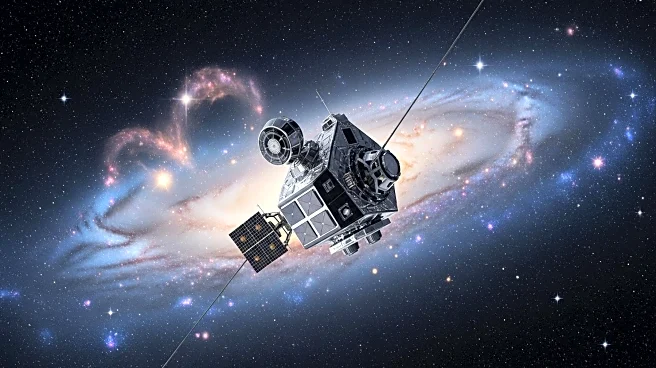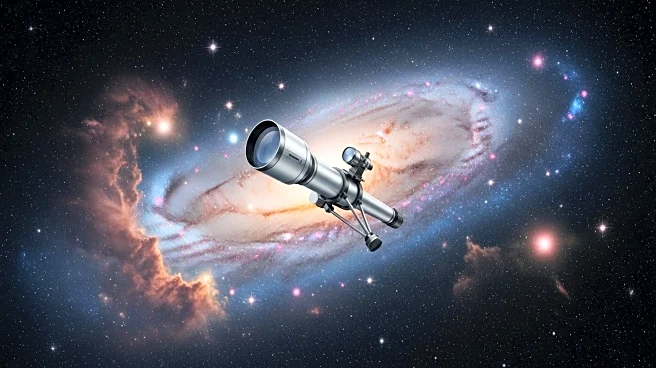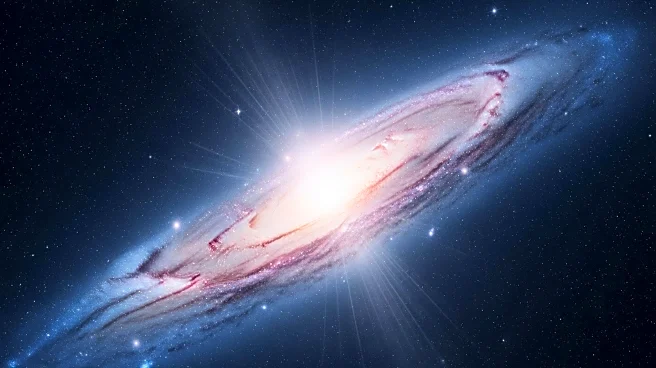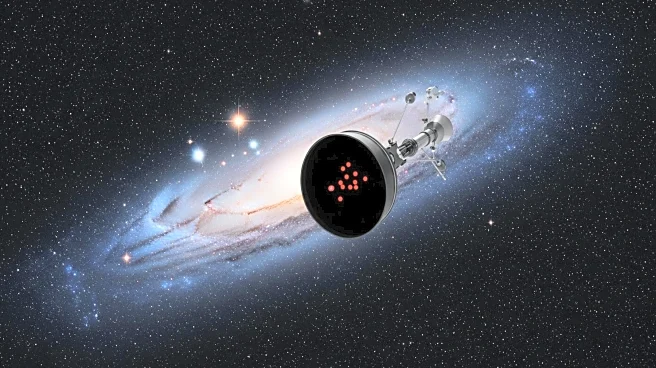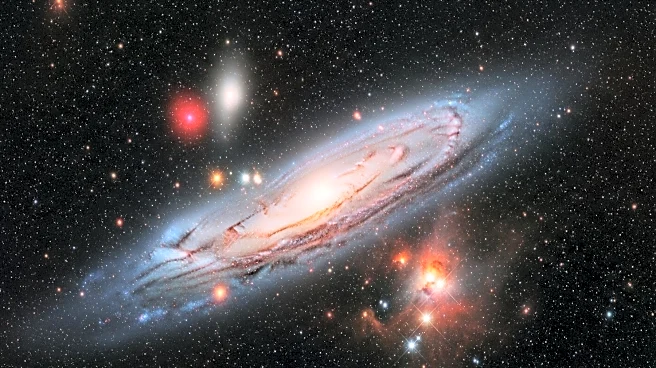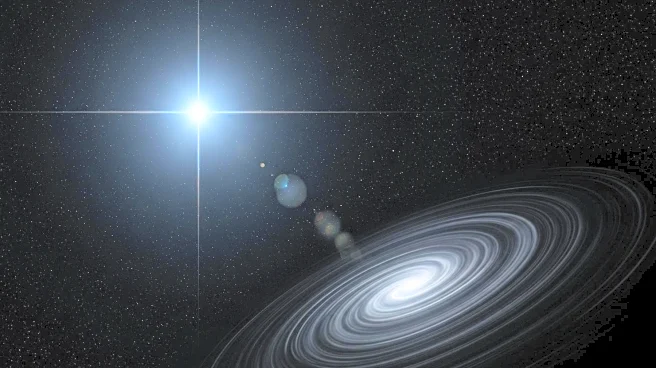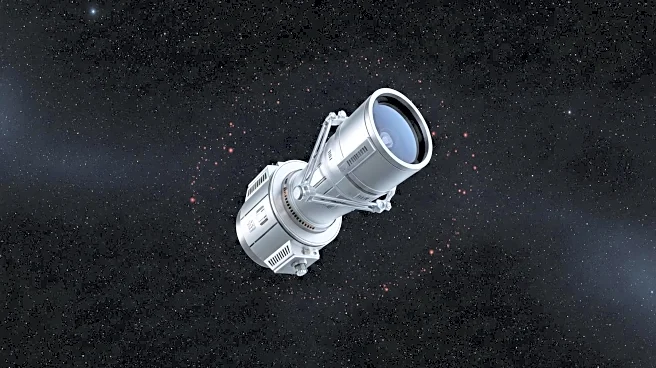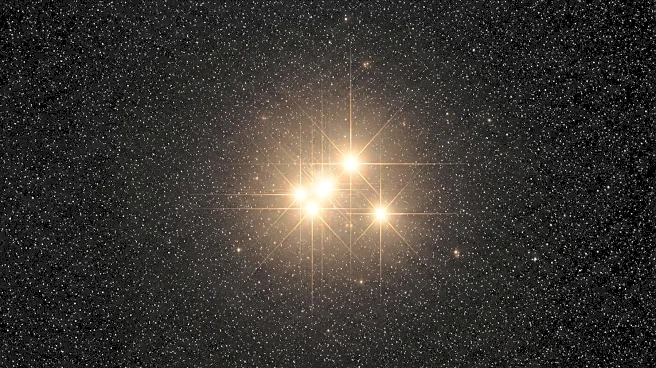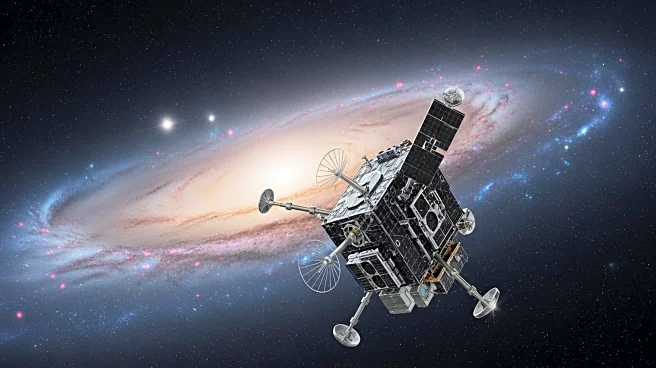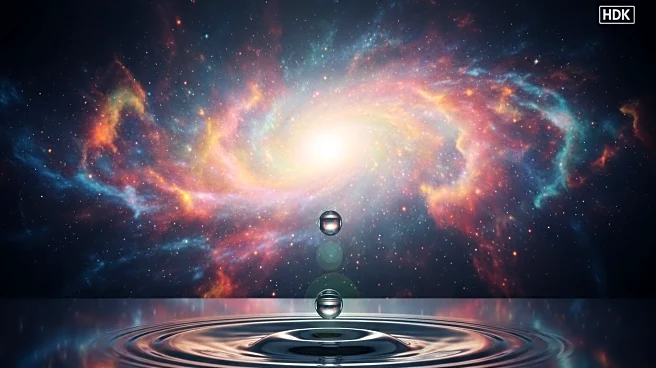What's Happening?
Researchers have used the James Webb Space Telescope to discover 12 ancient black holes from 12.9 billion years ago, providing evidence of the role of supermassive black holes in the evolution of early galaxies. The study reveals that these galaxies had already grown to massive sizes and were transitioning from star formation to quiescence, possibly due to intense radiation from central black holes. This discovery offers new insights into the co-evolution of galaxies and black holes in the early universe.
Why It's Important?
Understanding the relationship between galaxies and black holes is crucial for comprehending cosmic evolution. The findings suggest that supermassive black holes may have influenced the growth and behavior of early galaxies, shaping their development. This research provides valuable evidence for the co-evolution theory and could inform future studies on galaxy formation and the role of black holes in cosmic history.
What's Next?
The research team plans to continue analyzing JWST data and conduct further observations to explore the relationship between galaxies and black holes. These efforts aim to uncover more details about the growth history of galaxies and black holes in the early universe, potentially leading to new theories about cosmic evolution.

